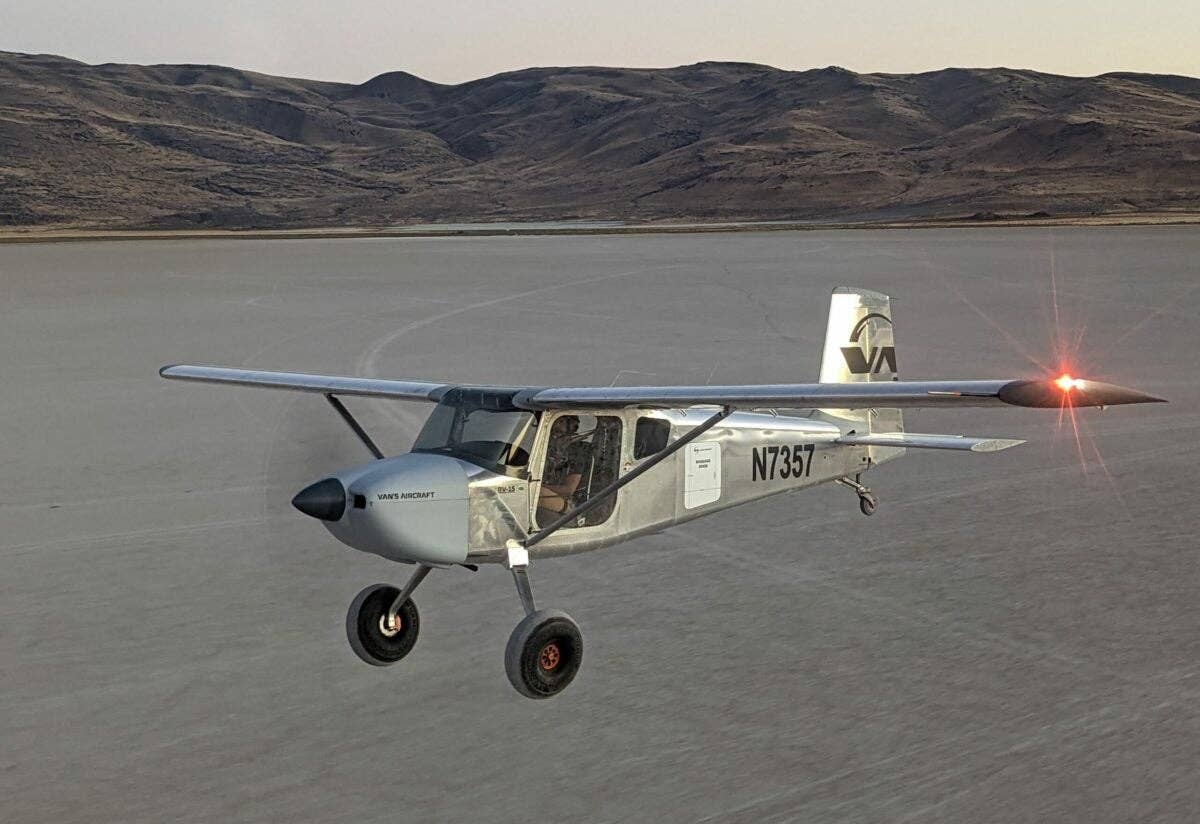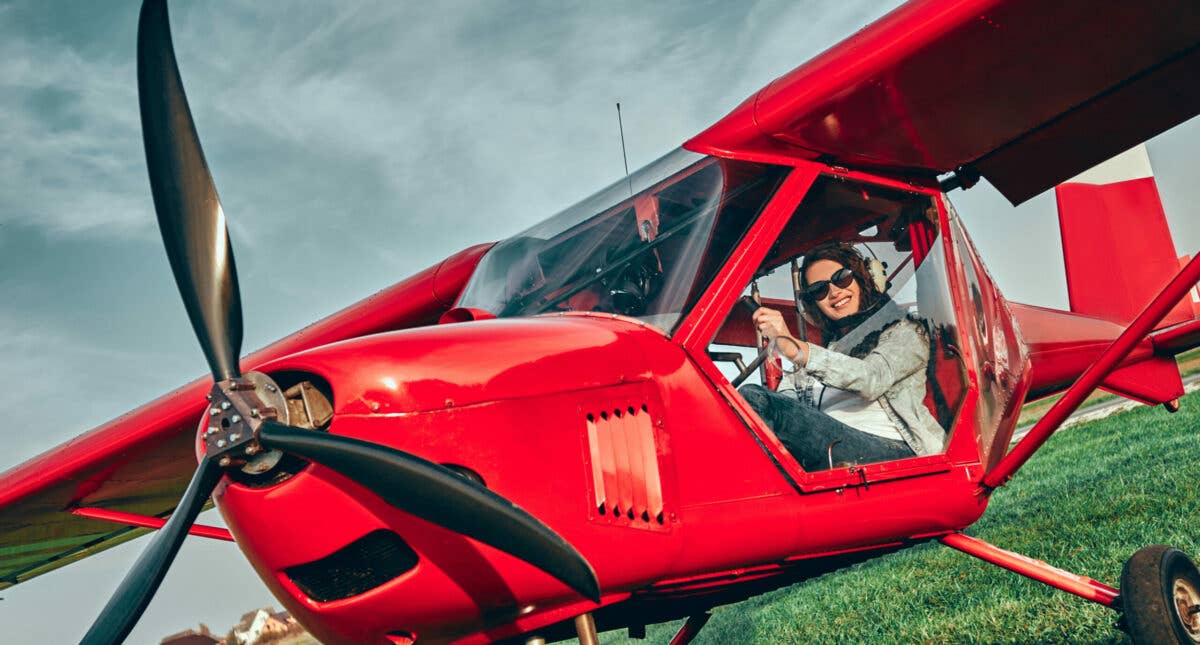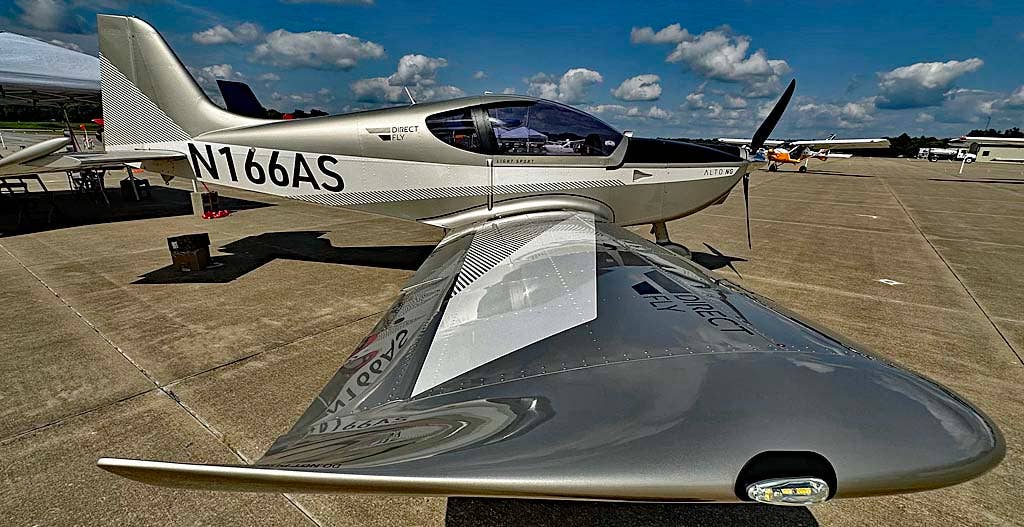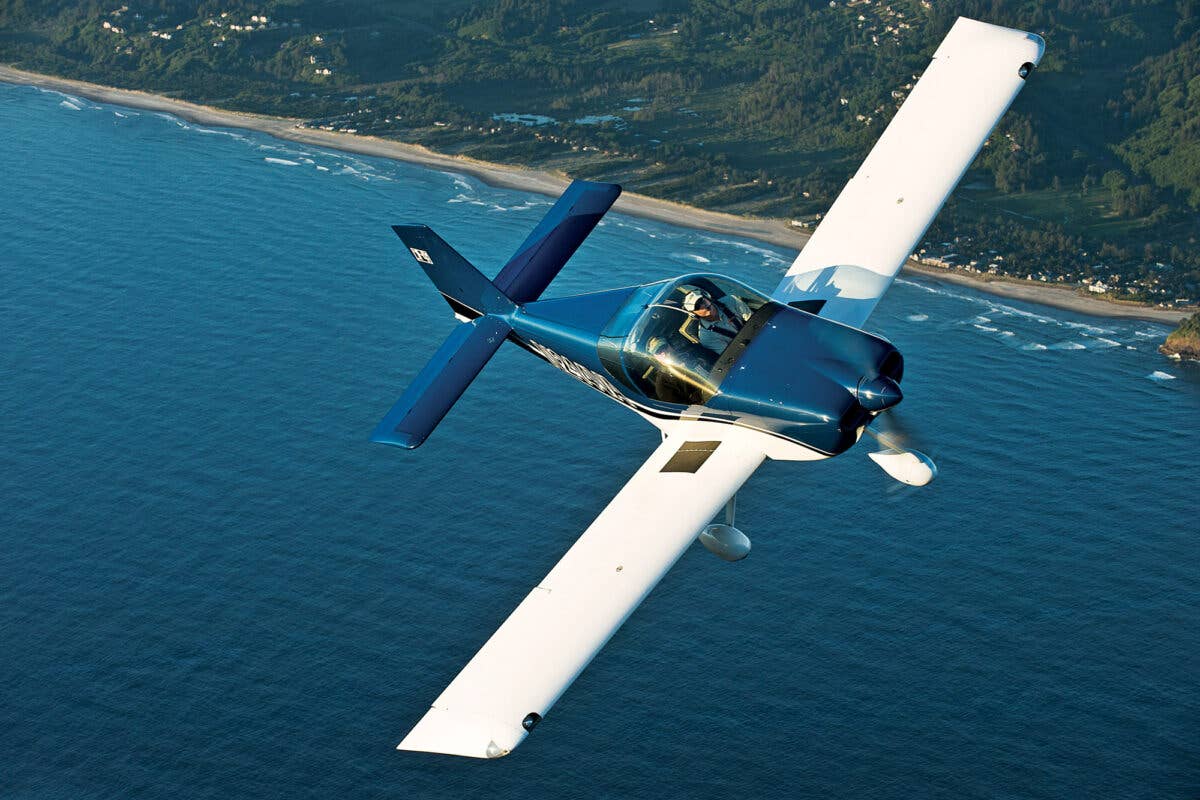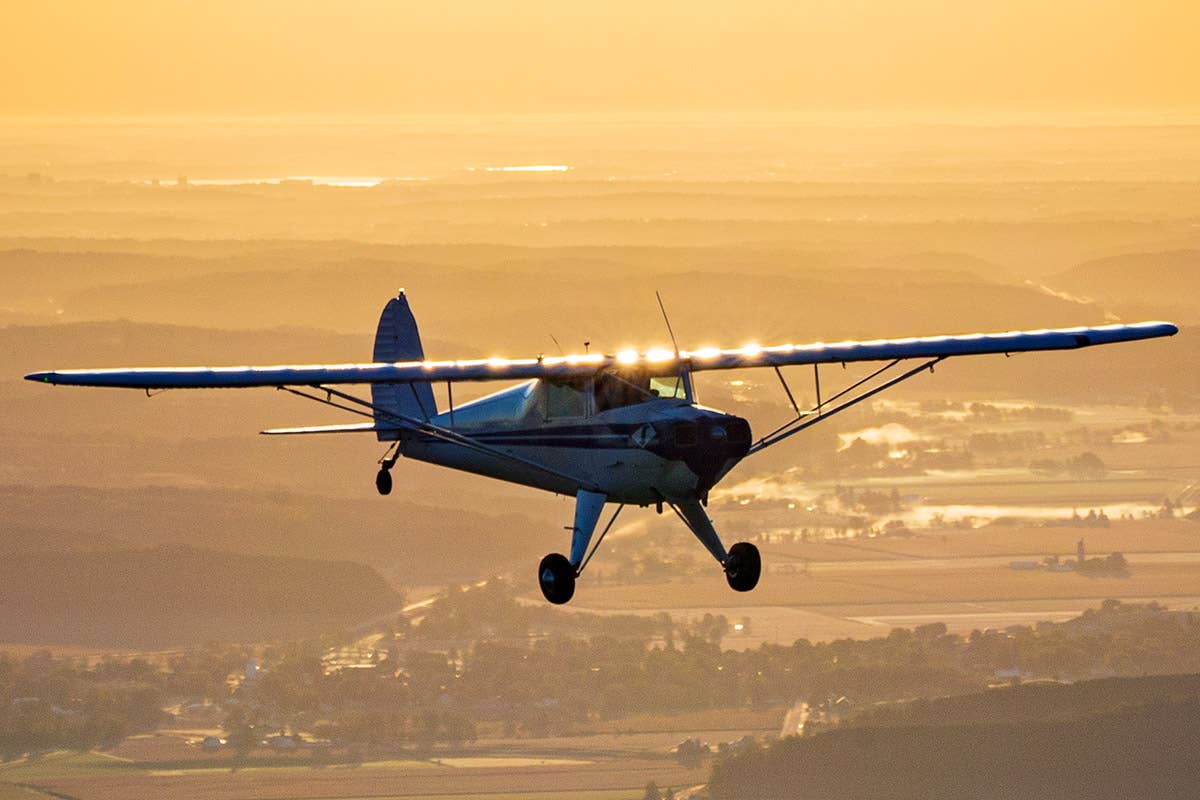
[Photo: Jim Stevenson]
Study aircraft types long enough and you begin to realize that for each mission there are typically a handful of suitable options from which to choose. Each offer sits own individual blend of strengths and weaknesses. Narrowing the field becomes a matter of choosing the blend that seems most appealing to you.
When it comes to simple, economical, and fun stick-and-rudder flying, one of the best-known examples is the Piper Cub. The Cub is a well-loved, fabric-covered airplane with tandem seating. More than 20,000 Cubs have been built. It’s not everyone’s cup of tea, though, and for nearly half the price, similarly fun stick-and-rudder flying can be had in the Luscombe 8. Less popular than the Cub—but still relatively common—nearly 6,000 in the series have been produced since 1937, and more than 1,400 remain on the U.S. aircraft registry today.
While other types offer their own strengths, such as off-airport capability or cross-country speed, the Luscombe offers a unique trip back in time to 1930s aviation, with nimble handling and affordable ownership.
Design
In Airman’s Odyssey, author and aviator Antoine de Saint-Exupéry wrote, “Perfection is achieved, not when there is nothing more to add, but when there is nothing left to take away.” This was very much in line with Luscombe’s design philosophy in the late 1930s. With a single fuel tank mounted in the upper fuselage behind the pilots, spartan interiors, no flaps, and no electrical system, only the bare essentials were included in the purchase price. Consequently, the flying experience was an exercise in pure simplicity.
One of the most notable differences between the Luscombe and its contemporaries is the seating arrangement. Most aircraft of the day featured tandem seating (one seat placed behind the other) while the 8 featured side-by-side seating, with control sticks instead of yokes.
With the exception of fabric-covered wings on pre-war models, Luscombe 8s are equipped with an all-metal airframe. Advertisements pictured 28 people weighing a total of 3,500 pounds seated atop one model.
Model History
The Luscombe 8 series has, over the course of its production, been offered in a total of eight different models that differ primarily in engine type.
The 8, 8A, 8B, 8C, and 8D were equipped with various engines ranging from 50 to 75 hp. Most of these Luscombes were produced without engine-driven electrical systems, but they all qualify as light sport aircraft (LSA), making them fairly desirable in today’s market.
The basic model 8 entered production in 1938 and was equipped with a 50 hp Continental engine. The 8A introduced a more powerful 65 hp Continental, and it was produced in large quantities both before and after World War II. Today, nearly 900 8As remain on the U.S. register.
The 8B was originally built with a unique 65 hp Lycoming. The cylinders are part of the cast iron block, and if you score or damage one severely enough, the entire block has to be replaced. Parts are relatively difficult to find, and the powerplants on most B models have been replaced with more common engine types that are easier to maintain.
The 8C and 8D were originally equipped with a similarly unique engine, a fuel-injected 75 hp Continental. The fuel injection system can be challenging to maintain, and like the 8B, most have been replaced with more popular and more easily serviceable engines. The 8E, 8F, and T8F all came with electrical systems and engines ranging from 85 to 90 hp. Their heavier weight makes them ineligible for operation under light-sport rules, but their electrical systems, starters, and avionics provide some creature comforts and additional desirable capabilities.
The T8F is the most unique and recognizable version of the type. It was designed for civilian aerial observation and aerial application (crop dusting) duties, and it sports tandem seating with a massive bubble canopy for the rear passenger. Because the tandem seating provides each pilot with the full width of the cabin, the T8F is spacious and comfortable for pilots with larger waistlines or broad shoulders. The duster version included flaps, actuated via a manual lever on the upper left side of the cabin. One of the rarest Luscombes, only 24 currently appear on the U.S. registry.
As noted, all pre-war Luscombes were built with fabric-covered wings. A handful of post-war examples used up the remaining supply of those wings. By mid-1946, all came from the factory with metal wings. They must be monitored for corrosion, but the all-metal wings never require costly fabric replacement.
Market Snapshot
A survey of Luscombes listed for sale found 16 active listings. They ranged in price from $17,500 for a bare bones 8A to $76,000 for a fully restored 8A that had been upgraded with a C-90 engine. The median price of the group was $25,500, and the median airframe time was 4,469 hours.
Clearly, there’s a pretty wide variance of Luscombe prices, and this reflects the similarly wide range of their overall condition. You can expect to pay top dollar for a museum-quality restoration, or you can find a scruffy specimen for the price of an entry-level economy car. The sweet spot seems to be the $25,000 to $30,000 range. Here, it’s possible to find well-sorted examples and some that have been upgraded with more powerful engines. They’re not award winners, but they’re not priced like them either.
Factory-new Luscombe 8s are presently in production by the Luscombe Aircraft Corporation in Jamestown, New York. All are LSA-compliant and are equipped with the 100 hp Continental O-200. The combination of light weight and relatively high power results in an impressive 600-foot takeoff roll and 128-mph cruise speed. Prices range from $130,000 to $200,000, depending on options.
Flight Characteristics
Airplanes in the 1930s were generally built to accommodate the physiques of that era. That said, they are snug by today’s standards. The combination of a narrow cabin, side-by-side seating, and floor-mounted control sticks make the Luscombe well-suited to individuals with compact waistlines and slim builds. Conversely, long legs or thick thighs will constantly battle the control sticks for space, and when conditions are gusty, the area beneath the instrument panel can become a busy, crowded place. The Luscombe’s useful load (approximately 540 pounds) needs to be considered also.
For pilots who fit comfortably, however, the cabin is perfectly adequate, and has visibility on par with most other small, two-place, high-wing types. Many models incorporate overhead skylights, which help to make the compact cabin feel more open and bright.
Most Luscombes use heel brakes. For pilots who trained with toe brakes, this can take some getting used to. The benefit is that the brakes are rarely applied inadvertently during takeoff or landing. Bulky footwear and boots are to be avoided in the interest of dexterity.
When equipped with the lower-powered engines, the Luscombe provides rather leisurely takeoff performance. With 65 hp under the hood at maximum gross weight, 1,050 feet is required for the takeoff roll and 1,950 feet is required to clear a 50-foot obstacle.
With the 85 hp engine, this goes down to 850 feet and 1,850 feet, respectively, and these distances are further improved with the Continental C-90. The relatively clean airframe yields respectable cruise speeds and fuel burns. One owner reports achieving 105 mph on 4.5 gallons per hour with his 65 hp machine.
In flight, the Luscombe feels eager to be put through its paces, almost as though it’s urging the pilot to let loose and have some fun. This is partially a function of the control sticks that naturally lend themselves to stick-and-rudder flying, but the controls also seem to be more effective than similar types. A pilot accustomed to flying a J3 Cub or Cessna 140, for example, might initially be chasing the ball while trying to keep his or her turns coordinated. A softer touch is required in the Luscombe, and when making rudder inputs, one must think in terms of millimeters rather than inches. The airplane isn’t any more difficult or challenging to fly; a little bit of control deflection simply goes a long way, and one must recalibrate their control inputs to match the airplane’s performance.
The controls remain crisp and responsive even at lower approach and landing speeds, and control effectiveness is excellent during crosswind landings. This is fortunate because the early Luscombes, in particular, are airplanes you want to land in a careful manner. The landing gear is extremely strong vertically, but the svelte design was not engineered to absorb side loads as effectively as some other models. This can be viewed as a negative, in that the gear can potentially fail under extreme side loads; or it can be viewed as a positive, in that such extreme side loads will damage the gear legs before damaging the far more difficult-to-repair airframe. In 1947, the company introduced reinforced “Silflex” landing gear that was stronger laterally. This gear could be retroactively installed on earlier model 8s.
Landing gear notwithstanding, the airplane is enormously fun to fly. Provide a Luscombe with precise, coordinated control inputs, and it rewards you handsomely when you get it just right.
Ownership
Two of the most important elements of a good ownership experience are parts availability and a vibrant community of owners. In both of these respects, the Luscombe 8 comes through in spades.
The aforementioned Luscombe Aircraft Corporation supports owners of legacy aircraft with factory tooling, a comprehensive parts inventory, digitized engineering drawings, and accurate historical records. Companies like Univair stock most airframe parts. Should you struggle to find a part, the type was produced in enough numbers that sourcing the most difficult-to-find items is typically a matter of posting a request in one of the online owners forums and networking with its enthusiastic members.
Luscombe 8A
| Price | $17,500 to $76,000 |
| Powerplant (varies) | Continental 85 hp |
| Max cruise speed | 4.5 hours at 105 mph |
| Max useful load | 540 pounds |
| Take off distance over a 50-ft. obstacle | 1,850 ft. |
| Landing distance over a 50-ft. obstacle | 1,540 ft. |
| Insurance cost | Moderate, low hull value |
| Annual inspection expense | Low |
| Recurring ADs | Readily compiled with |
| Parts Availability | Good via Univair |
Owners report that the airworthiness directives (ADs) applicable to the Luscombe are all either one-time requirements or minor and easy to comply with. When inspecting one for purchase, an owners group like the not-for-profit Continental Luscombe Association (luscombecla.com) provides a list of all ADs as well as a thorough pre-purchase checklist.
Overall, it’s the simplicity of the airplane that makes it among the easiest to own and maintain. Annual inspections are relatively quick and affordable. Troubleshooting is equally straightforward. Virtually no parts are prohibitively expensive to replace, and for the ultimate in simplicity, one can select an early model that lacks an electrical system altogether.
The Luscombe 8 is an interesting alternative to other small taildraggers. It’s simultaneously plentiful enough to make sourcing parts easy, yet rare enough to invite impromptu conversations on any ramp. It’s easy to fly, yet challenging to fly well. A fully restored, museum-quality Luscombe can be had for the price of an extremely average Cessna Skyhawk or Piper Archer. Alternatively, less-perfect examples are among the most affordable aircraft on the market, costing about as much as a new Yamaha sport touring motorcycle.
For a prospective new owner, this is an airplane that will welcome you to the sky but will never allow you to become bored. It will challenge you to refine your stickand-rudder flying skills, and will make you feel like a superstar when you rise to the challenge.
Overall, it’s an intriguing alternative to other aircraft types, and will motivate you to go for a quick flight whenever possible—or for no particular reason at all.

Subscribe to Our Newsletter
Get the latest FLYING stories delivered directly to your inbox


